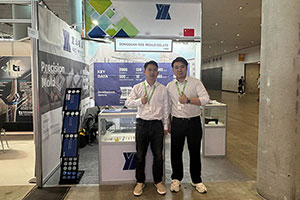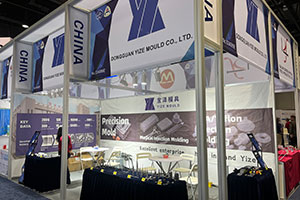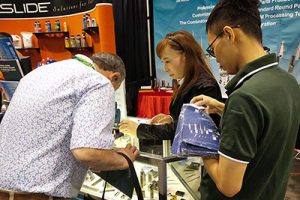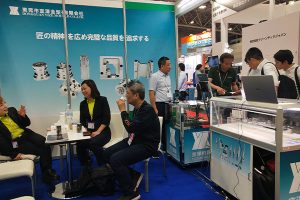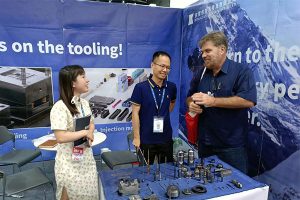Evaluation and Improvement Directions for the Environmental Performance of Tungsten Carbide Dies
I. Introduction In the wave of modern manufacturing industry’s vigorous development, tungsten carbide dies have become an indispensable key tool due to their high hardness, excellent wear resistance, and superior […]
I. Einleitung
In the wave of modern manufacturing industry’s vigorous development, tungsten carbide dies have become an indispensable key tool due to their high hardness, excellent wear resistance, and superior machinability. However, with the growing global awareness of environmental protection, the requirements for the environmental performance of tungsten carbide dies are also increasing. This article aims to comprehensively evaluate the environmental performance of tungsten carbide dies and delve into their improvement directions, striving to achieve environmentally friendly and sustainable development while ensuring the efficient development of the manufacturing industry.
II. Evaluation of the Environmental Performance of Tungsten Carbide Dies
(A) Environmental Considerations in Raw Material Sources
The main raw materials of tungsten carbide dies include elements such as tungsten, cobalt, and carbon. The mining and processing of these elements have a non-negligible impact on the environment. When selecting raw materials, environmental friendliness should be a crucial consideration. Priority should be given to suppliers that have obtained environmental certifications to ensure that the entire process from raw material mining to processing complies with environmental requirements, thereby minimizing potential environmental hazards from the source.
Unser Fabrikgeschäft: Hartmetallteile, Formteile, medizinische Spritzgussformen, Präzisionsspritzgussformen, Teflon-PFA-Spritzguss, PFA-Rohrverschraubungen. E-Mail: [email protected],whatsapp:+8613302615729.
(B) Environmental Challenges in the Production Process
The production of tungsten carbide dies involves multiple links, including smelting, casting, and heat treatment. Each of these links may generate pollutants such as waste gases, wastewater, and solid wastes. Therefore, during the production process, it is essential to strictly control the emission of pollutants and actively adopt advanced environmental protection technologies and equipment to minimize the impact of production activities on the environment and achieve a green production process.
(C) Environmental Issues in the Usage Process
During the usage of tungsten carbide dies, a certain amount of waste is generated due to wear and damage. If this waste is not properly handled, it will cause serious environmental pollution. Therefore, it is crucial to establish a sound waste recycling and disposal mechanism during the usage process to ensure the safe and environmentally friendly treatment of waste and prevent damage to the ecological environment.
(D) Environmental Significance of Recycling and Reuse
Tungsten carbide dies have high recycling value. Through recycling and reuse, not only can production costs be effectively reduced, but also resource waste and environmental pollution can be significantly minimized. During the recycling and reuse process, great attention should be paid to environmental friendliness. Environmentally friendly recycling technologies and equipment should be adopted to ensure that every link of the recycling and reuse process complies with environmental standards and achieves resource recycling.
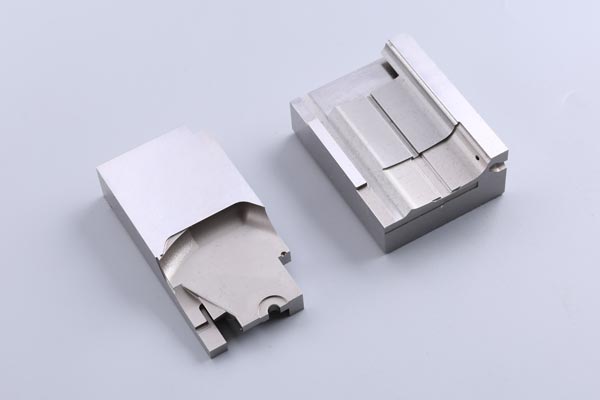
III. Improvement Directions for the Environmental Performance of Tungsten Carbide Dies
(A) Green Transformation of Raw Materials
In terms of raw material selection, the green transformation should be actively promoted. Priority should be given to cooperating with suppliers that have obtained environmental certifications and vigorously adopting environmentally friendly raw materials. At the same time, increased research and development efforts should be made to develop new environmentally friendly tungsten carbide materials, reducing the use of harmful substances and minimizing environmental pollution from the source, laying a solid foundation for improving the environmental performance of tungsten carbide dies.
(B) Clean Upgrades in the Production Process
During the production process, clean production technologies should be vigorously promoted. Advanced environmental protection equipment and technologies should be introduced to strictly control the emission of pollutants. By optimizing production processes and procedures, the generation of waste gases, wastewater, and solid wastes can be reduced. In addition, energy management during the production process should be strengthened to improve energy utilization efficiency and reduce energy consumption, achieving energy conservation and emission reduction in the production process.
(C) Environmental Optimization in the Usage Process
During the usage process, a sound waste recycling and disposal mechanism should be established to ensure the proper treatment of waste. At the same time, the maintenance and upkeep of dies should be strengthened to extend their service life and reduce waste generation. In addition, new environmentally friendly lubricants and cutting fluids and other auxiliary materials should be developed to reduce environmental pollution during the machining process and achieve a green usage process.
(D) Resource-oriented Development in Recycling and Reuse
During the recycling and reuse process, resource-oriented development should be emphasized. Increased research and development efforts should be made to develop advanced recycling technologies and equipment to improve recycling efficiency and quality. At the same time, research and development on the resource utilization of waste should be actively promoted to convert waste into reusable resources, achieving maximum resource utilization and reducing resource waste and environmental pollution.
(E) Strengthening the Cultivation of Environmental Awareness
The cultivation of environmental awareness is a key link in improving the environmental performance of tungsten carbide dies. Enterprises should strengthen environmental awareness training and education for employees, enabling them to fully understand the importance and urgency of environmental protection work. Employees should be encouraged to actively participate in environmental protection work and put forward improvement suggestions, forming a good atmosphere where all employees participate and jointly promote the improvement of the environmental performance of tungsten carbide dies.
IV. Schlussfolgerung
Tungsten carbide dies, as a key tool in modern manufacturing, hold significant importance in improving their environmental performance. By implementing measures such as the green transformation of raw materials, clean upgrades in the production process, environmental optimization in the usage process, resource-oriented development in recycling and reuse, and strengthening the cultivation of environmental awareness, the environmental pollution and resource waste during the production and usage of tungsten carbide dies can be effectively reduced. The implementation of these measures will not only contribute to the sustainable development of the manufacturing industry but also provide strong support for the in-depth development of environmental protection work. Therefore, enterprises and relevant institutions should work together to strengthen research and development on the environmental performance of tungsten carbide dies and contribute to achieving environmentally friendly and sustainable development.
Verwandte Beiträge
- Comprehensive Analysis of Methods and Standards for Quality Inspection of Tungsten Carbide Dies
- Analysis of the Impact of Lubricant Selection on the Service Life of Tungsten Carbide Dies
- Strategies for Ensuring Dimensional Accuracy of Tungsten Carbide Dies
- The Impact of Cutting Force on the Service Life of Tungsten Carbide Dies


